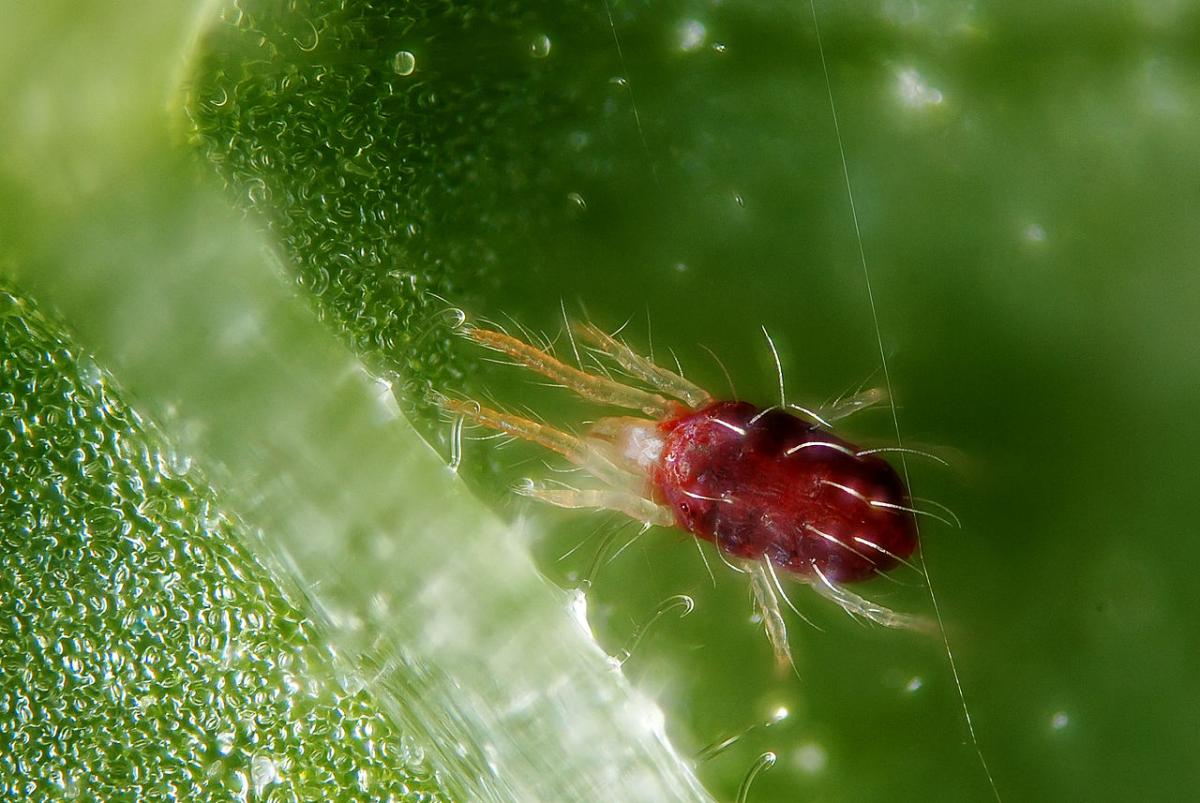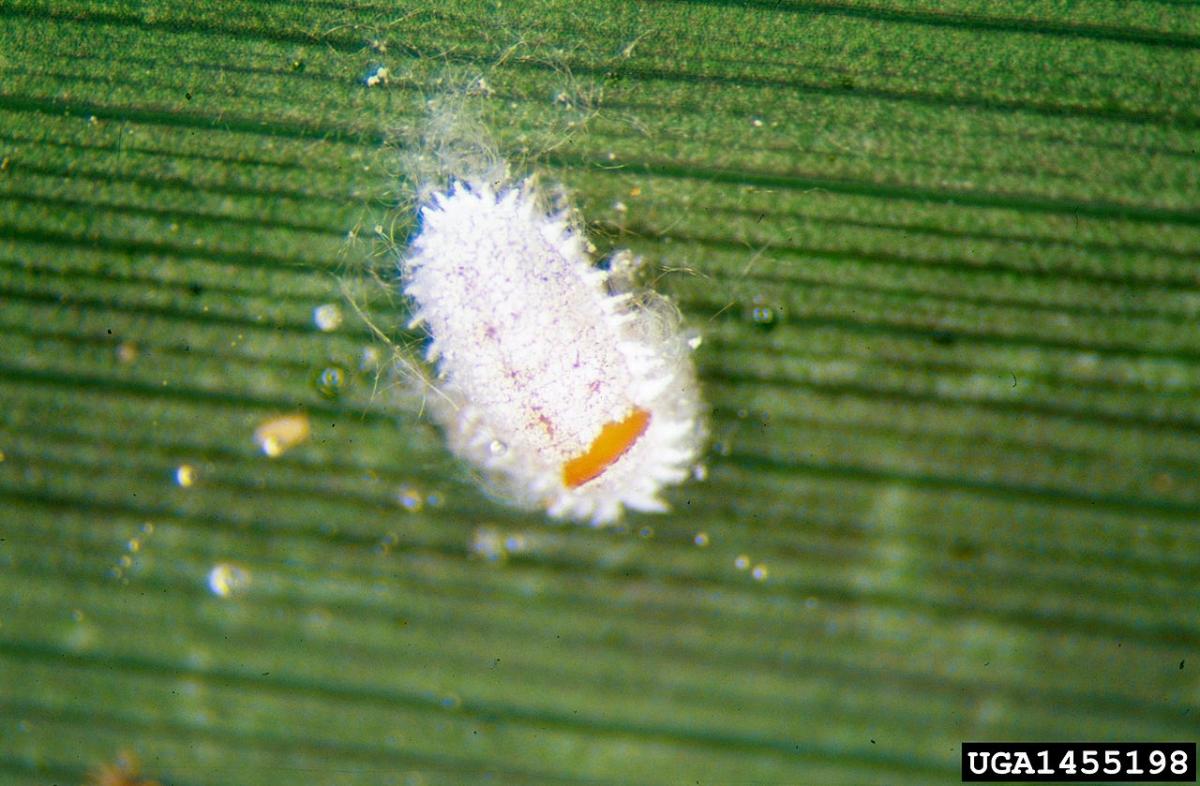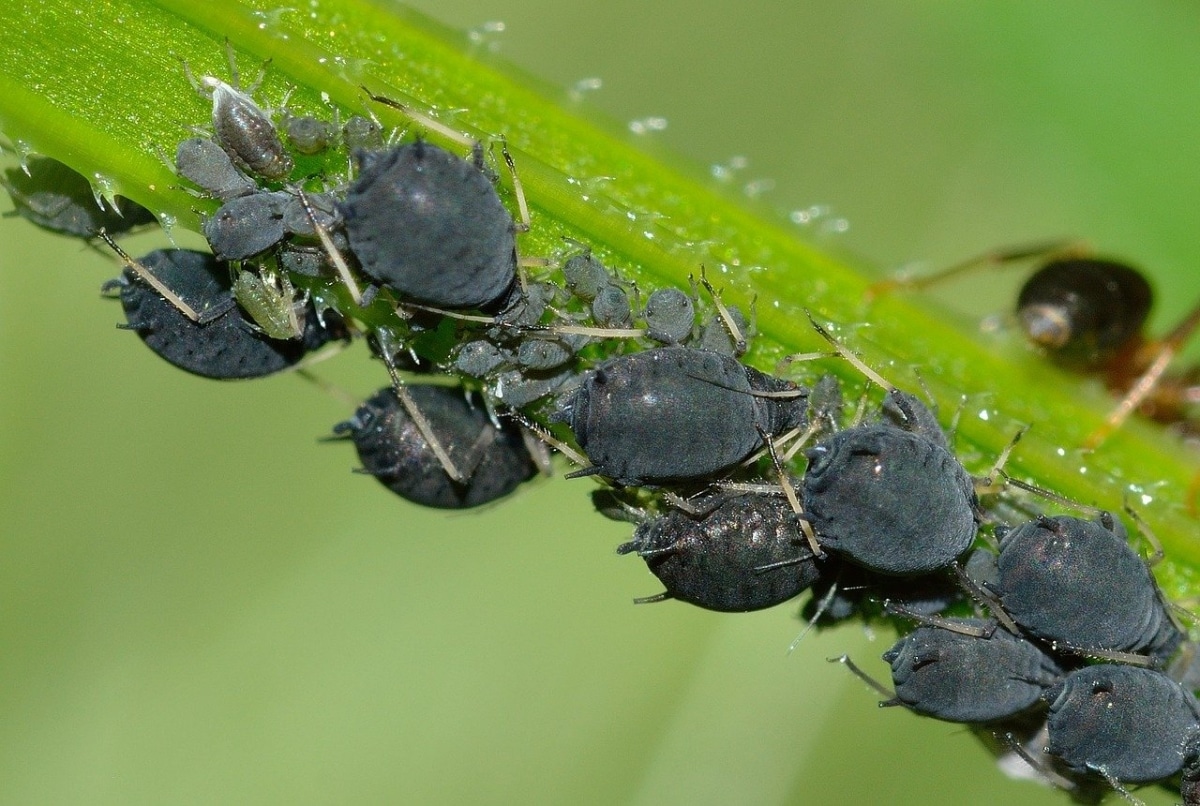
Image - Wikimedia / Channer
Ficus appear to be very resistant, and also tend to have very strong roots, something that contributes to fueling the suspicion that they are all-terrain plants. Although this is not entirely true, since depending on the climate we can grow some varieties or others. And that's not to mention that there are several diseases that can affect them.
In fact, it is important that you know how to identify them, since if they are not treated in time they could suffer very serious damage. So, without further ado, Let's see what are the diseases of the Ficus.
What are the diseases that Ficus can have?
Before starting, I consider that it is very necessary to know how to differentiate between a plague and a disease, because although it is often thought that they are the same, the truth is that they are not:
- We talk about plague when there is a growing population of some animal, be it insect or parasite, that is causing damage to plants. For example, mealybugs, red spider mites and white flies they can become.
- Una diseaseInstead, it is caused by some microorganism: viruses, bacteria, fungi and oomycetes (they are similar to fungi). These are not usually seen with the naked eye, since they attack from inside the plant. For example: powdery mildew, roya or anthracnose are common diseases.
And having said this, what are the ones that can harm the Ficus?
Fortunately, they are few.
Mushrooms

Image – Wikimedia/RJ Reynolds
Fungi are microorganisms that are usually found in the soil, but when they have the opportunity, for example, when the leaves remain wet for a long time and the temperatures are also pleasant, they also appear on them, such as mildew, for example. But the Ficus do not have to worry about it, although they do have to worry about others that cause their leaves to have spots, such as these:
- Alternaria: it is an opportunistic fungus that affects the leaves, causing spots to appear which quickly turn brown. More information.
- Phyllosticta: like the previous one, it also makes the leaves have spots, but these usually start from the edge of the leaves.
The treatment consists of remove affected leaves, and apply fungicide containing copper, such as this about that you have to dilute in 5 liters of water.
Bacteria

Image - Wikimedia / Jerzy Opioła
In particular, the Agrobacterium tumefaciens, better known as the bacterium that causes the development of tumors in the roots, is a very dangerous microorganism for plants. It causes the exaggerated growth of the base of the trunk, and its subsequent death after about 3 years since the infection occurred.
has no cure, so the only thing we can do is prevent. And how is it prevented? It's easy, since it is a bacterium that lives in soils that are always moist. You only have to plant the ficus in light soils that drain water quickly. Also, every time you have to prune, the tools will be disinfected with soap and water.
What are the pests of the Ficus?
We have talked about diseases, but… what about pests? Pests can be very debilitating, as they "force" us to keep an eye out every year, from when the good weather begins until the cold returns. And they are most visible when the tree is in full fruiting season or when it is kept in a location (regardless of whether it is indoors or outdoors) with low ambient humidity. But, which are the ones that affect the ficus?
Red spider

Image - Wikimedia / Gilles San Martin
La Red spider, although known as such, is a mite. It is a parasite that feeds on the sap of the leaves, between which it tends to produce a kind of spider web. used to go from one sheet to another. It really likes the heat and dryness of the environment, so we can see it especially in summer.
When looking for a solution we will have to apply a miticide, that is, an anti-mite product, and not an anti-spider one. Although you can also opt for home remedies, such as foliar spraying with water and diluted neutral soap.
Mealybugs

Image - Wikimedia / Whitney Cranshaw
There are many types of mealybugs: cottony, ribbed, limpet type like the San José louse, etc. but all of them are concentrated on the underside of the leaves. Like the red spider mite, good weather stimulates its growth, and it is not uncommon for what started as an isolated mealybug on a particular leaf to end up becoming a pest in a matter of a few days.
Moreover, although there are home remedies, such as cleaning the plant with water, it is best to apply insecticides from the first moment we see a single mealybug, either with a specific one or with diatomaceous earth, which is a natural product. you can buy it here.
Aphids

The aphids They are very small parasites, measuring about 0,5 centimeters, generally green, yellow or black. They are a major pest quickly colonize leaves, and consequently, makes the plant weak. They also do it during the spring and, above all, the summer, when temperatures are high.
We will be able to know that our plant has this plague if we look at the underside of the leaves, since it is from where they feed. Also, when there are many, they can cause these leaves to become deformed, curled and/or sticky due to the honeydew they secrete. This, as if that were not enough, attracts ants, which are not a problem in themselves, but they do have to be controlled.
The most effective natural treatment is set yellow traps as these near the plants, although you can also apply an anti-aphid insecticide, such as this that is ready to use.
We hope that your ficus recovers as soon as possible.





